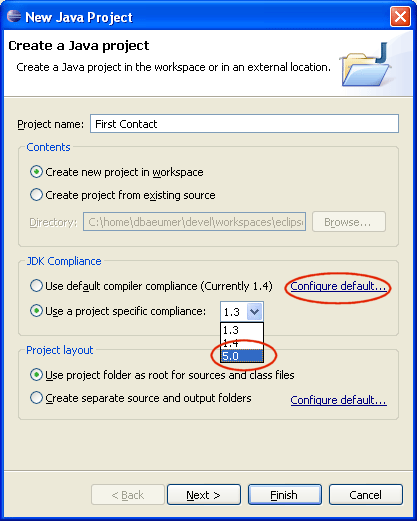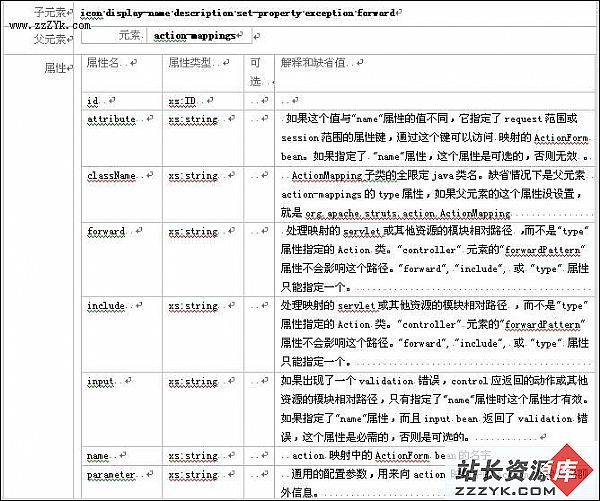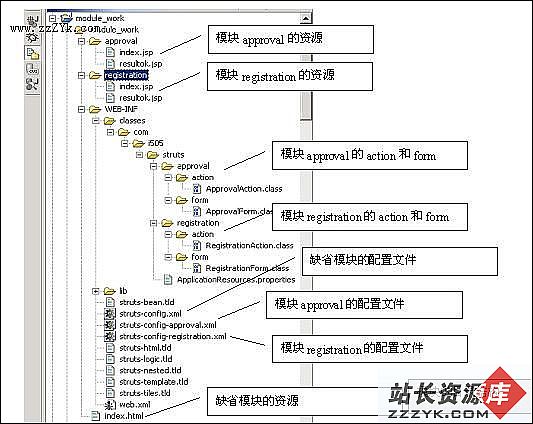当前位置:编程学习 > JSP >>
答案:EJB disadvantages
Surprise, surprise, despite all the marketing hype over the past three years, adopting an EJB solution does present some disadvantages. Even more surprising, despite what you may have read over the past six months about these disadvantages, they are almost all avoidable when you know how:
- Large, complicated specification: In defense of Sun, no widely adopted distributed technology has avoided this pitfall; take a look at the CORBA specifications from the OMG (Object Management Group), or the architecture of Microsoft's .Net platform. Still, it would be good if there were a trail to follow in the specification for different roles. For example, EJB developers need only read Chapters 6 and 9 of the spec to understand session and entity beans. Additionally, in my experience two roles, not the six assumed in the spec, exist in practice: container/server providers and application providers, who build, assemble, deploy, and also administrate an EJB server. As such, the specification should reflect how EJBs are used in practice and how development teams are organized.
- Increased development time: I mention EJB development time in comparison to straight Java class development, not to other distributed environments. EJBs do take longer to develop, and when things go wrong, they can prove more difficult to debug, particularly because the bug might not be in your code but in the application server/container itself. Again, a difficult pitfall to avoid since the container gives you so much, but a disadvantage nonetheless.
However, timely and targeted training can solve this problem. Knowing what the container/server should provide (by understanding the specification) and knowing how the container/server provides this (vendor documentation, sometimes augmented by training) will reduce EJB development time dramatically. On a technical note, an IDE that supports the Java Platform Debugger Architecture (JPDA) also proves invaluable in tracking down bugs.- Added complexity compared to straight Java classes: At a superficial level, you require three classes for every session bean, four for an entity bean, and you may additionally employ value objects to reduce network overhead, adding another class. And I haven't counted the deployment descriptors yet, one that stores standard EJB information, the other with vendor-specific information!
The solution: auto-generation. Tools like XDoclet reduce the amount of code you have to write, and it's free! Most IDEs feature auto-generation capabilities too, but they tie you to one vendor, and usually in a GUI-driven mode too, which means no automated builds or tests -- not a great solution.- Potential to produce a more complex and costly solution than is necessary: The potential complexity and cost is a corollary of disadvantage number one concerning the complexity of the spec. Simply put, "If you don't get it, it will get you." That is, if you don't understand EJB, you won't take full advantage of it. Moreover, you will misuse parts of it and reinvent others, 易做图 your solution less maintainable and one that fails to capitalize on the advantages that make EJB a good idea in the first place.
- Continual specification revisions: No sooner have you deployed your shiny new EJB application than you see a new specification with newer features, rendering your application obsolete before it hits the streets. This situation, however, is unavoidable. As EJB technology matures, loose ends in earlier versions are tied up and new features added. Vendor release cycles contract in sympathy, and you need to move with them. Companies today upgrade application servers much more rapidly than they did databases three or four years ago, placing additional pressure on already tightened IT budgets.
- 更多JSP疑问解答:
- jsp新手求指导,不要笑!
- 如何让一个form提取的值传递给多个jsp?
- DW中,新建的html页面能否有jsp或php代码?
- jsp 如何限制表单,实现只能填写特定的数据。
- jsp 和javabean结合的程序有问题
- 从数据库里取出的数据如何传递到另外的jsp页面中
- 你好,ext嵌入那个jsp页面,是不是还需要加上一些插件啊,不太懂,麻烦你了。
- JSP不能处理所有问题吗?还要来一大堆的TLD,TAG,XML。为JSP 非要 Servlet 不可吗?
- 光标离开时全角转半角在jsp中怎么实现
- jsp 页面 打开 pdf 文件 控制大小 和 工具栏 能发份源码么 谢啦
- jsp页面点保存按钮,运行缓慢,弹出对话框提示
- jsp刷新页面如何不闪屏
- jsp 与html 的交互问题?
- jsp小数显示问题 例如 我在oracle 数据库中查询出来的是 0.01 但是在jsp页面上就显示成 .01 没有前面的0
- jsp中日历控件





